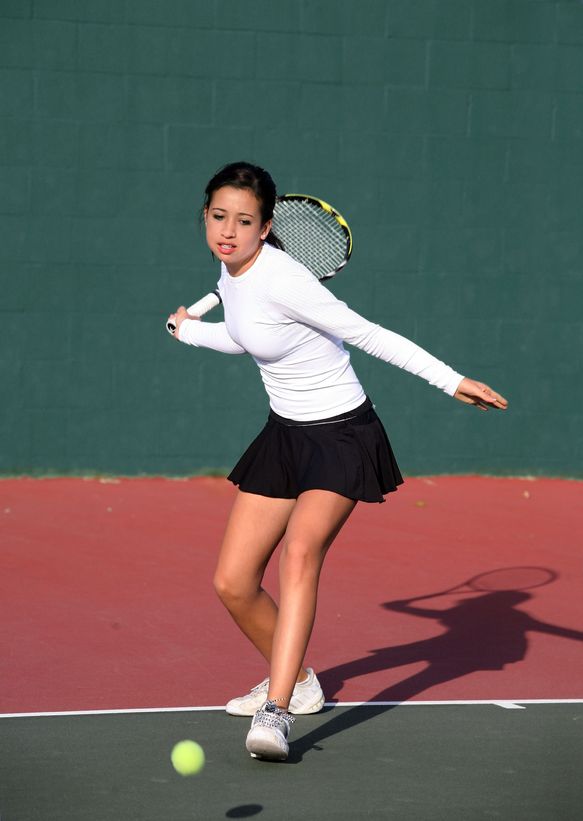Note that your final mark will not be saved in the system.
Basic information processing GapFill
You must fill all the gaps before clicking ‘Check Answers!’

When taking part in sport, athletes must perform numerous skills appropriate to the situation. To do so, athletes must make decisions. This is called information processing – the process of making an informed decision based on the information available to the athlete.
The first stage of information processing is the – the information received from the display (senses) from the environment. is used to focus on the most important information while ignoring the irrelevant. For example, a tennis player watches the ball in the air as it travels; they can see the ball, hear the crowd and feel the warm air. The most important information is sight – the location of the ball in the air as they attempt to return it.
The second stage of information processing is the stage, where the performer responds to the information they have received by using previous experiences (memory). The -term memory attends to information received very recently (i.e. the information received by the senses). The -term memory selects an appropriate response to the situation by picking a skill that has previously been learnt. For example, the short-term memory (current location of the ball) is compared to a similar successful return made a week ago in another match. The decision is made to run quickly towards the net, and attempt a drop-shot.
The third stage of information processing is – the appropriate response selected by the -term memory is sent to the relevant muscles to perform the response. Information travels to the muscles, telling the legs to make the athlete run and telling the arms to be outstretched to help the run and then extend to return the ball in a drop-shot style.
The fourth stage of information processing is the stage. Information is received again regarding the success or failure of the skill. For example, feedback tells the tennis player that they successfully returned the ball because they managed to get it over the net. Extrinsic feedback (e.g. crowd congratulating a good shot) also tells the player they were successful and won that point, as the opponent was unable to get to the ball in time!